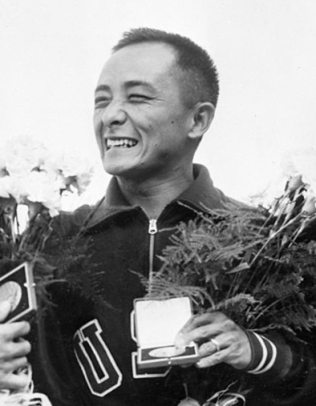 You can buy Lighter than Air: Sophie Blanchard, the First Woman Pilot here.
You can buy Lighter than Air: Sophie Blanchard, the First Woman Pilot here.
Citation:
Smith, M.C. & Tavares, M. (Illustrator). (2017). Lighter than Air: Sophie Blanchard, the First Woman Pilot. Massachusetts: Candlewick Press.
To Use or Not to Use:
An engaging story your students will love for it’s beautiful writing and unbelievable protagonist!
Themes:
Breaking barriers, brave women, brave girls, gender norms, gender expectations, women’s history, defying expectations, persistence, career education, passions.
Type:
Picture Book Biography
Grade Range:
3-5
Curricular Connections:
Big Ideas:
- Grades 2-3 – Career Education
- Confidence develops through the process of self-discovery
- Everything we learn helps us develop skills
- Grade 4-5 – Career Education
- Public identity is influenced by personal choices and decisions
- Exploring our strengths and abilities can help us identify our goals
Curricular Competencies:
- Grades 2-5 – Career Education
- Set and achieve realistic learning goals for themselves
- Grades 4-5 – Career Education
- Demonstrate respect for differences in the classroom
- Appreciate the influence of peer relationships, family, and community on personal choices and goals
Content:
- Grade 2 – Career Education
- Risk-taking and its role in self-exploration
- Grade 2-5 – Career Education
- Cultural and social awareness (exploring self-identity, etc.)
- Goal-setting strategies
Summary:
My students fell in love with Sophie Blanchard’s story and the era of early balloonists right away. They were hanging onto every word! This book talks about the life of a daring woman whose passions for piloting hot air balloons in Napoleonic France defied all expectations. At the time, such dangerous work was already considered crazy, so for a woman it seemed to be downright ludicrous and impossible! Blanchard proved many people wrong (before her untimely death which, unfortunately, may have convinced some of the doubters that she was right…but your students are plenty smart enough to see through that logic!).
Teaching Tips:
- Sophie Blanchard still faced discrimination because of her gender. What kinds of discrimination might your students see today?
- Many people thought Sophie could not become a pilot simply because she was a girl. How did she make choices and take action to influence her own public identity? Ask your students how people perceive them. Are there stereotypes that people have about who they are? What do/can your students do to influence their own public identities?
- Sophie’s goal was to become a pilot even though many people thought she was crazy. What ‘crazy’ goals might your students have?
- Ask students to set their own short- and long-term goals. How can they make plans to achieve them? Who can support them as they work toward their goals?
- Discuss biases and stereotypes we hold today. Are there things people thing girls, boys, kids, etc. can or cannot do? Are these biases and stereotypes accurate?
Other Notes:
- This book is a great read-aloud for Women’s History month…but stories about strong women shouldn’t be confined to a particular time of year.
You can buy Lighter than Air: Sophie Blanchard, the First Woman Pilot here.


 You can buy Sixteen Years in Sixteen Seconds: The Sammy Lee Story
You can buy Sixteen Years in Sixteen Seconds: The Sammy Lee Story 